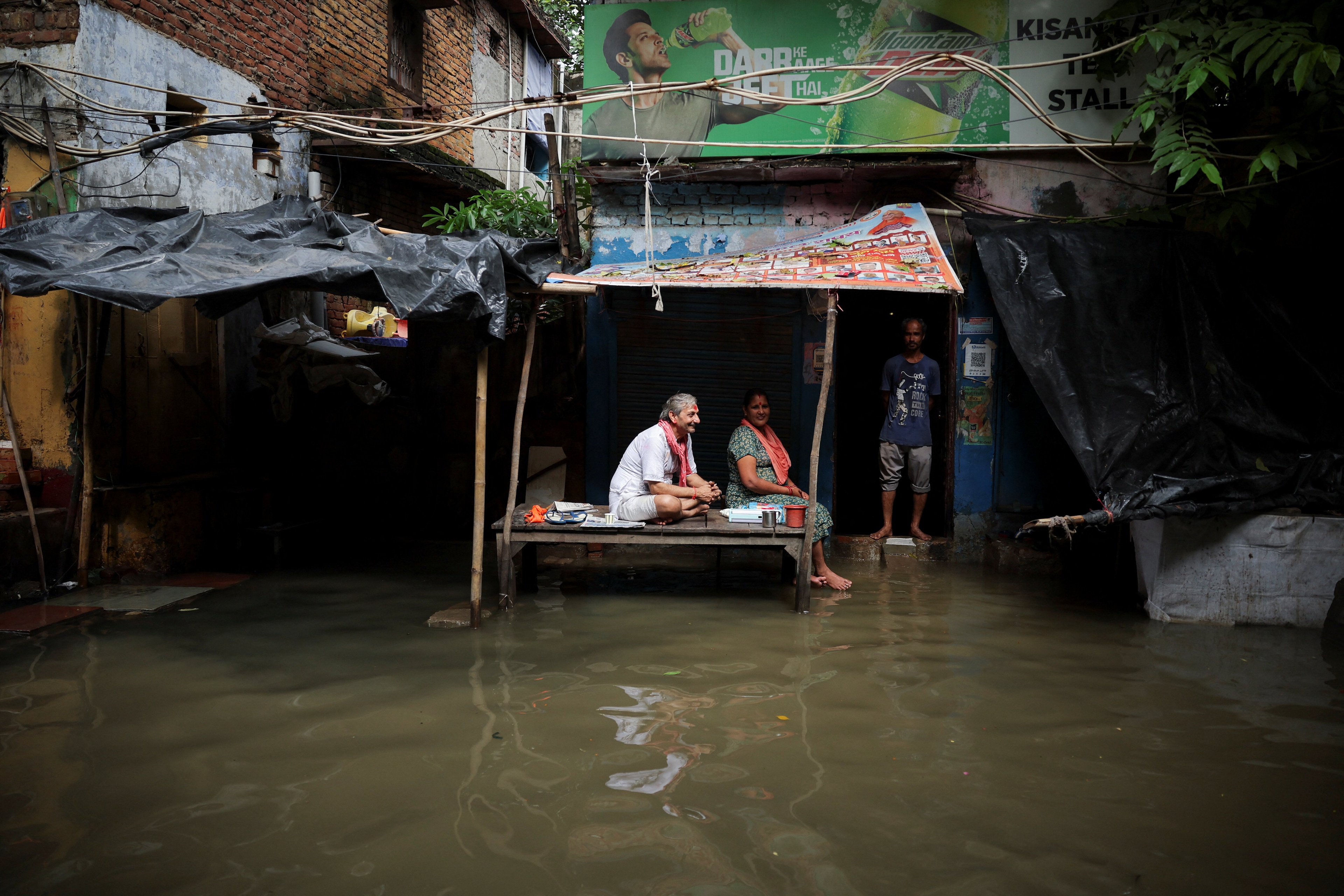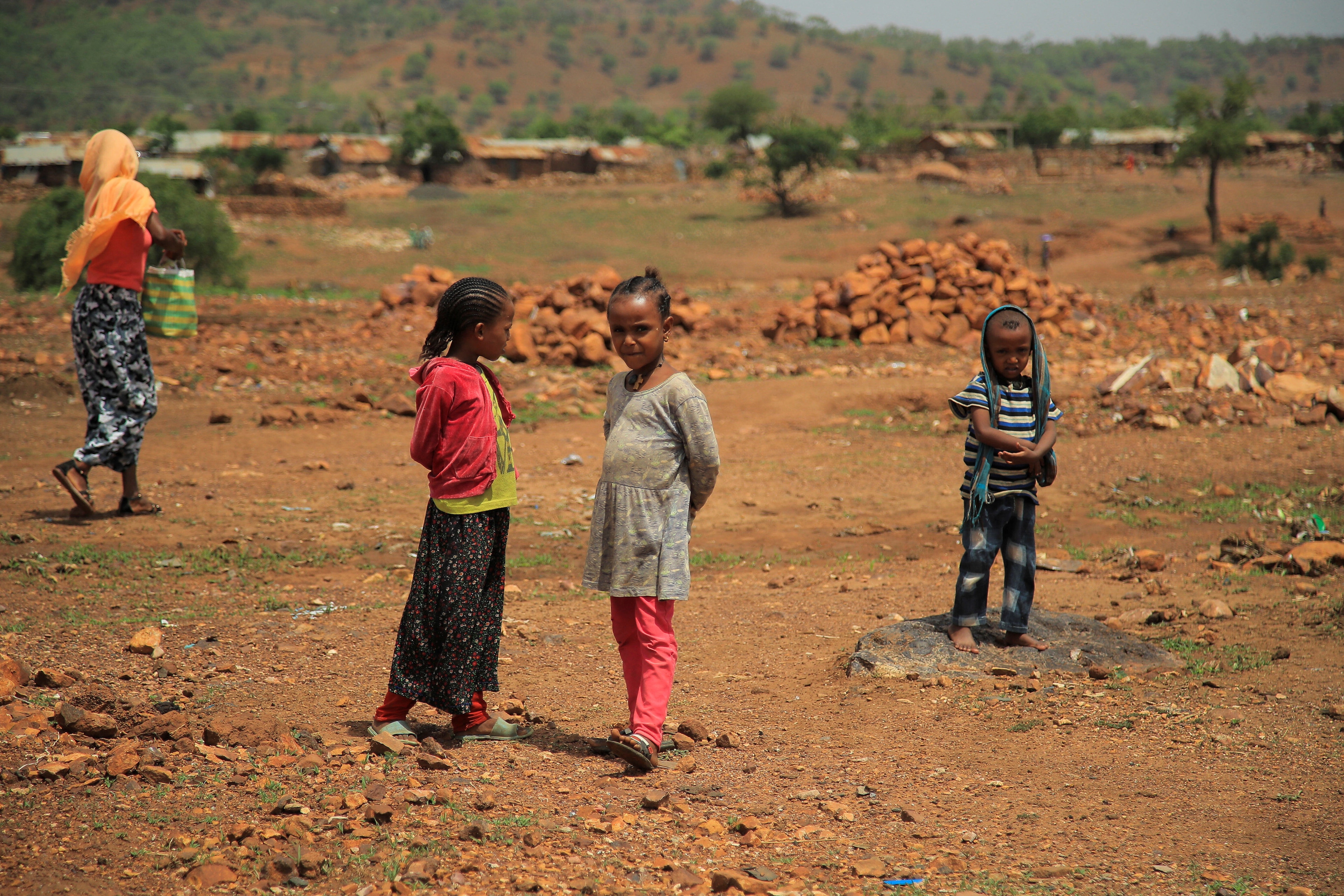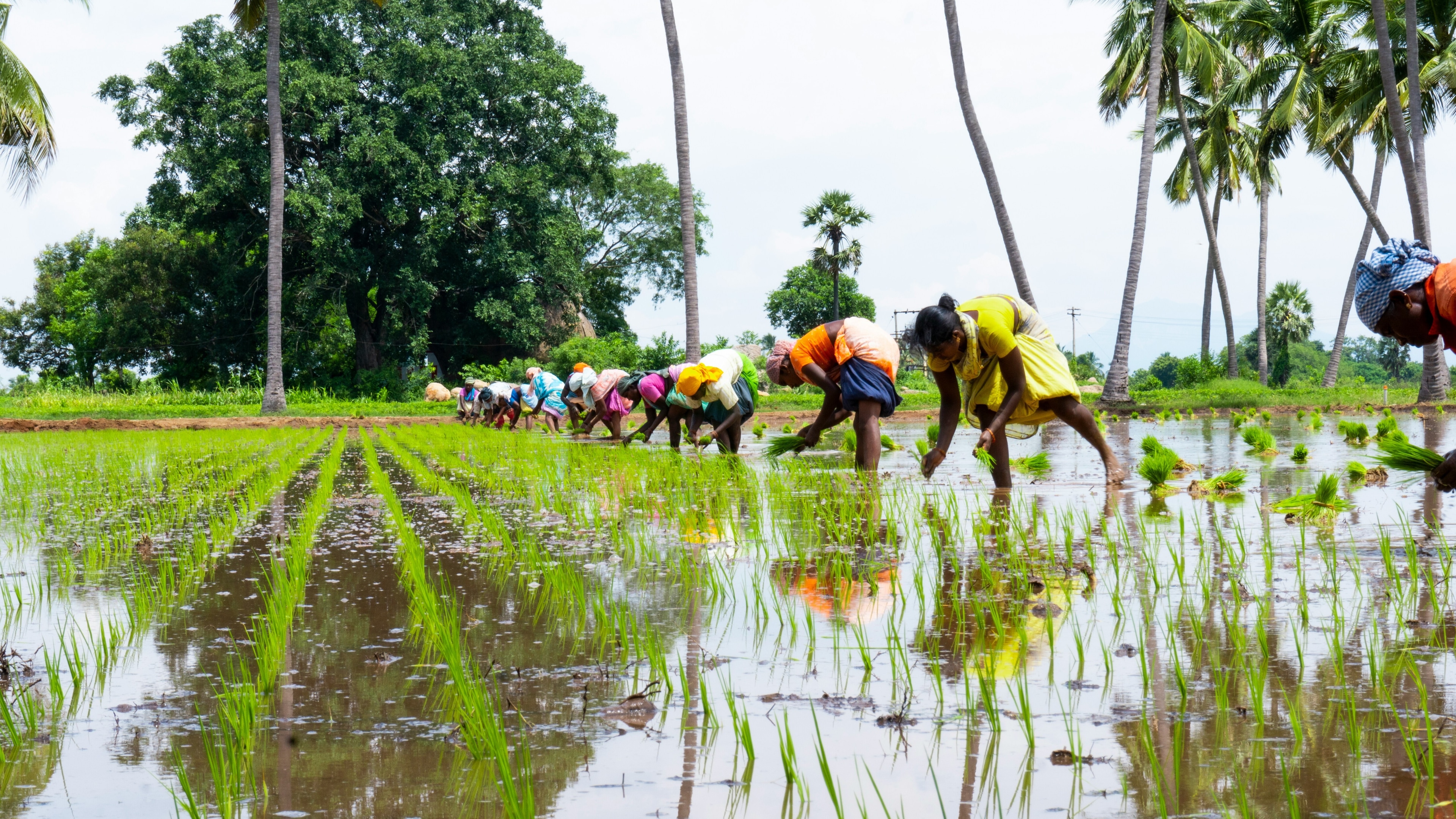Can big data help us respond to disasters?

In the summer of 2011, the Horn of Africa was hit with the worst drought in 60 years. Even with repeated warning signs, donors were not able to respond quickly. And when aid finally came, it wasn’t what was called for. Local citizens knew what was needed, but, as noted by the head of a local aid agency in Kenya, donors didn’t want to hear any of it – they only want to fund emergencies. But much of the human toll could have been reduced with the right kind of preparedness. And that was the missed boat.
I’m a management consultant, so when I’ve watched massive disasters unfold, I’ve always thought about better ways to manage the response. More recently, after working on some big data projects for large national and multinational corporations, I find myself asking an additional question: what can we learn from the way corporations use big data to solve problems, and how could that be applied to altruistic causes such as disaster relief?
Prevention, preparedness, response and recovery are all aspects of cataclysmic events that are beginning to benefit from a big data approach, but it’s very early days yet. We’ve seen social media feeds being used to derive real-time crisis mapping – for example during the 2013 flooding of the River Elbe in Germany or during Hurricane Sandy – to determine where flooding has caused the most serious structural damage, and prioritize disaster response.
Big data, big potential
Most corporations are still finding out how to benefit from big data. It hasn’t yet become fully integrated into their ways of working, and while there’s much talk about turning data into insights, we aren’t quite in a position where we’re turning insights into decisions, getting leaders to trust those decisions, and getting all this information to flow through the system fast enough that those decisions are still relevant. Bottom line, we have yet to reconfigure the enterprise so that it can become responsive to these new, rapidly emerging insights that evolve out of the data and how the data is queried.
We have learned from the corporate world that the application of big data isn’t just the chief information officer’s job. It’s the chief marketing officer’s job, the chief executive officer’s job, and eventually it filters across the enterprise to being everyone’s job. In applying big data to disaster relief, it would be interesting to see whether, were we to start applying the same principles, we could use today’s technology to deliver things differently, more efficiently, where disaster has struck. It would be even more interesting to see if we could use it before a disaster had struck, potentially avoiding, or at least reducing, the effects of the disaster.
When I’m working with clients, I always ask if they would make different decisions had they the ability to ask different questions. Almost always, they say they would. So why then are they relying on old fact bases or on what they glean from one set of “facts”? If they can merge data sets, if big data is used correctly, blending multiple sources, it could answer any data-driven questions. But what questions would they ask differently?
Asking the right questions
In disaster management, one of the questions we need to be asking is whether donors are giving the right things at the right time. And how, based on our understanding of where something is going, is there a different way of getting it there? With the ability to manipulate data differently, we’d be asking different questions that would probably challenge the status quo. What we have learned from big data in the corporate world is that it becomes a question of leveraging the fact base to ask different and smarter questions.
Corporations are using big data to anticipate quantity and location, as well as to determine what product is actually needed. The same applies with disaster relief: it’s about getting what’s needed to the people affected. How much product do we send, where is it needed and how soon? What are some of the hotspots that would benefit and potentially see more immediate results from our efforts?
From the point of view of a charity, it might be about using the information NGOs and other organizations already have, but in a different way, and merging it with more information from other sources such as social media or sensor data, to make it more precise and fine-tuned. Then, after the outcome, adding more information to the mix, to get closer to being able to forecast a certain type of disaster, or get at the demographic and concentration of what’s needed to successfully bring relief.
So the question is how do you look at that information and what other sources could you use to refine your forecast? And then how do you ensure that in the future, your decisions are informed by a fact base that comes out of the richer views provided by big data? This creates better opportunities to use the information to make the right decision at the right time.
What are the questions being asked now, and what might be better questions to ask? Currently, the questions being asked are: how much, how fast, and where are we getting it from – who can donate what, how fast, how much of it, and do we have the right logistics in place to get it there? Perhaps the question should be, is there a better way to do this, are these really the right items, and do we need them in this order?
In business as in disaster relief, it’s important to figure out whether we are asking the right questions, and if not, establish whether big data can help us do so. I believe that in both disaster relief and the corporate world, we can still do much to refine these procedures.
Author: Laura Gurski is Global Leader of Practices and a Member of the Senior Leadership Team at A.T. Kearney.
Image: Ethiopian migrants walk on the side of a highway leading to the western Yemeni town of Haradh. REUTERS/Khaled Abdulla
Don't miss any update on this topic
Create a free account and access your personalized content collection with our latest publications and analyses.
License and Republishing
World Economic Forum articles may be republished in accordance with the Creative Commons Attribution-NonCommercial-NoDerivatives 4.0 International Public License, and in accordance with our Terms of Use.
The views expressed in this article are those of the author alone and not the World Economic Forum.
Stay up to date:
Data Science
Forum Stories newsletter
Bringing you weekly curated insights and analysis on the global issues that matter.
More on Resilience, Peace and SecuritySee all
Shoko Noda and Kamal Kishore
October 9, 2025







